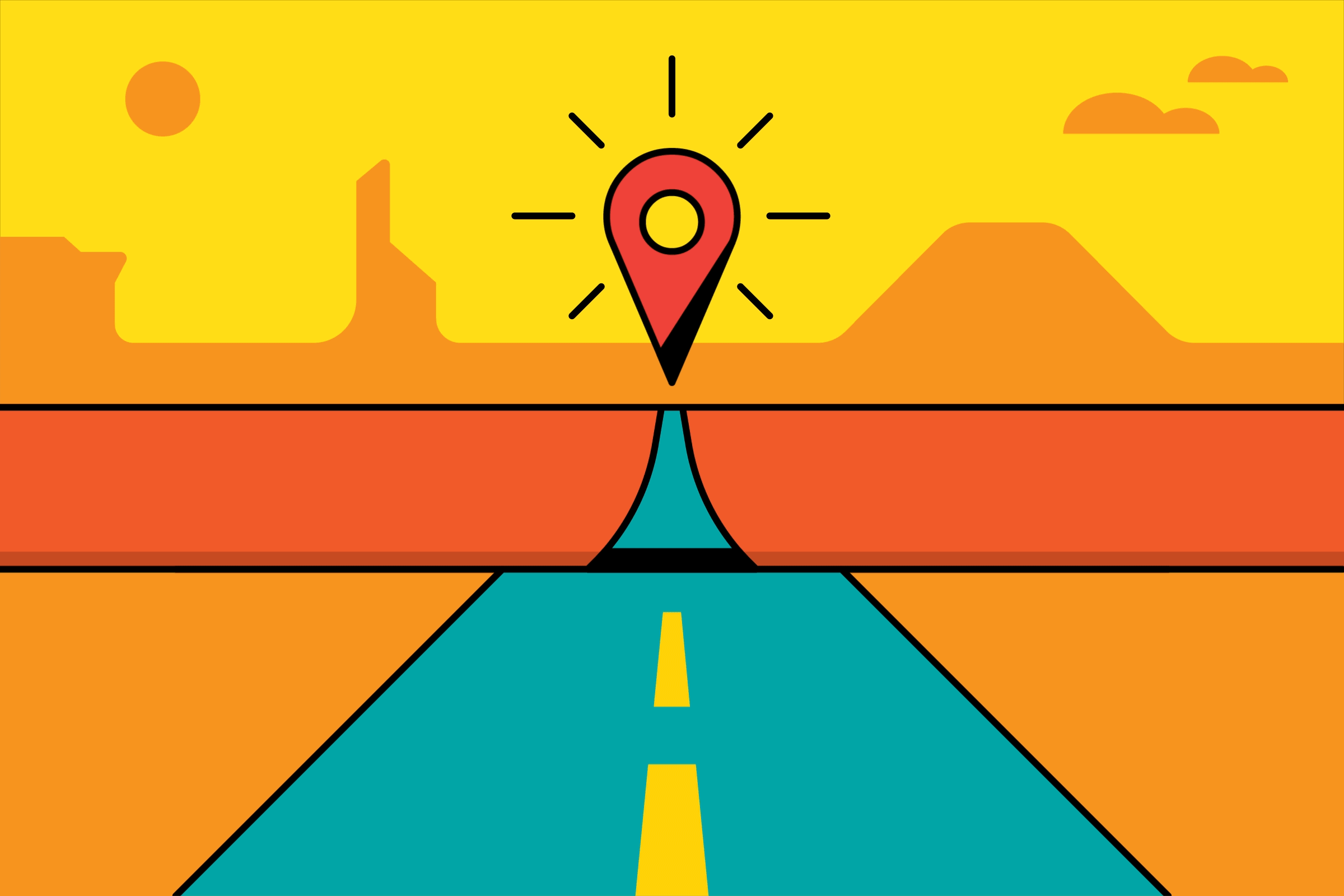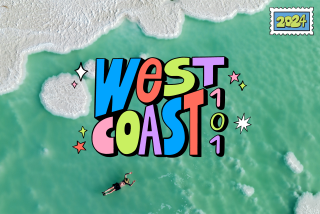Locals Love the Wide Open Spaces and Privacy in Western Australia
- Share via
BROOME, Western Australia — The western part of Australia, still a novelty destination for most travelers, is largely underpopulated--and that’s exactly the way some Australians like it, something American visitors should keep in mind.
“I hate it when places like this get crowded,” said Ross Gardiner, a tour guide from Broome, the second-largest city (population 6,000) in Western Australia. Only four well-separated campervans and no more than a dozen people were in the area, a large creek shoreline in the outback.
Love of space, respect for isolation and sense of privacy are characteristics that Americans will find when visiting this area of Australia, an area that is probably destined to become one of the travel hot spots of the 1990s.
Yet travelers should be aware of several things.
First, there is the sheer size of Western Australia--about a million square miles, stretching from Perth in the south to Broome and the Kimberley region in the north. It takes about four hours to fly visitors from Sydney and Melbourne to Western Australia.
Once you get to the western shores, you feel halfway around the world. “Many people, even Australians who come out here, are surprised at the isolation,” said one resident. “They’re also amazed at how modern a city Perth is in the midst of this isolation.”
With a population of only about 1 1/2 million, more than 1 million in Perth, it’s possible to see how sparsely settled the area is. The large measure of isolation has led locals to devise unusual games and festivals, including mud football, watermelon spitting and insect races.
“The farther north you go, the crazier people get and the more they drink,” one Perth resident said.
Experiencing the outback is a highlight of Western Australia, but the big cities have a good deal to offer, too.
Perth, which many Americans saw on television during the America’s Cup races, is a sun-filled, park-laced city that projects a feeling of easygoing energy. A good way to get around the city, set on the banks of the Swan River, is on the Trans-Perth Sightseeing Ticket that permits unlimited use of bus, train or ferry. A one-day ticket costs about $3; a five-day ticket about $12.60.
One of the more arresting attractions nearby is Pinnacles Desert, where wind-swept limestone formations stand like stolid stone sentinels in the yellowish sand.
The formations have weird human and animal shapes, and the area is especially eerie in declining light, with shadows playing on the rock encrustations. Spindly succulents bravely try to grow in the dry soil.
The six-wheel vans have, as do many other cars, “roo bars” in front to decrease the impact of collisions with kangaroos. You may see as many dead kangaroos on the road as bounding through the bush. Thin-legged emus shyly retreating from your presence are another possible sight.
Make sure you know what is on your itinerary, as many of the outback treks are all-day affairs with a good deal of driving time. Carry necessary items with you--a hat, sunscreen, sturdy shoes and swimsuit.
If you’re driving on your own, make sure you have plenty of fuel. Gas stations can be few and far between. Carry a good map.
If traveling to Broome, a 2 1/2-hour flight away, pack for warmer weather.
You may be lucky enough to be in Broome when low tides create a phenomenon called “Staircase to the Moon,” which happens several times a year. You can watch the full moon slowly rise over a strip of land at Roebuck Bay. As the moon casts its light over the water covering exposed mud flats, the reflection forms in patterns that suggest a lunar walkway.
One vantage point for this scene is from the small cliff in front of the grounds at the Mangrove Hotel. People assemble there with cameras, drinks and snacks to watch the rising moon play its lunar tricks on the water.
The “Shinju Matsuri,” or Festival of the Pearl, is a 10-day event held annually during the latter part of August to commemorate Broome’s traditional role as a major site in the pearling industry. Blazing lights festoon the small town, and the watering holes buzz with activity.
Camel rides on the beach, a crocodile park (with some of the dozing but dangerous creatures as long as limousines) and the Pearl Coast Zoological Gardens with emus, wallabies, parrots and other exotic creatures are other feral features. Curving walkways set above the enclosures permit close views of the animals and birds.
Trips into the outback include the Petrified Forest, a cliff area with ossified rocks often marked by holes shaped like giant eyeballs, with succulents edging somehow into the perforations. Sharp eyes may spot dugongs occasionally surfacing in the ocean.
Elsewhere, you can see such sights as the C-shaped bowerbird nest made by the males who place a thatched nest on the ground and decorate it with sea shells, beer can tops and other debris as an attraction for females. Other sites include wallabies hiding in the brush, aborigine burial sites with the wind uncovering sand-buried grinding stones, spear tips and other artifacts.
“Visitors tend to think this part of Western Australia is more inhospitable than it is,” said Gardiner. “However, you should have a real respect for the area.”
One illustration is at Willy Creek. “Though told not to drive on beaches here, people do,” Gardiner added. “Blankets and towels have been lost, and cars have also got bogged down in the sand as the tides move in more quickly than you realize.”
Because of the outgoing Australians, presently the land down under is high on the destination list of American travelers. For additional details, contact the Western Australian Tourist Commission, 2121 Ave. of the Stars, Suite 1200, Los Angeles 90067, (213) 552-1988.
More to Read
Sign up for The Wild
We’ll help you find the best places to hike, bike and run, as well as the perfect silent spots for meditation and yoga.
You may occasionally receive promotional content from the Los Angeles Times.






